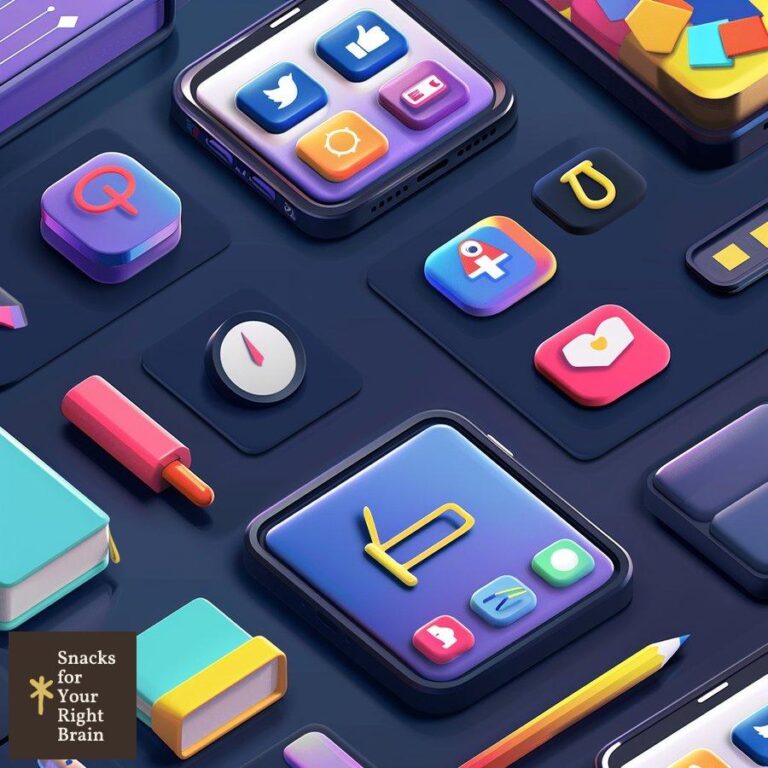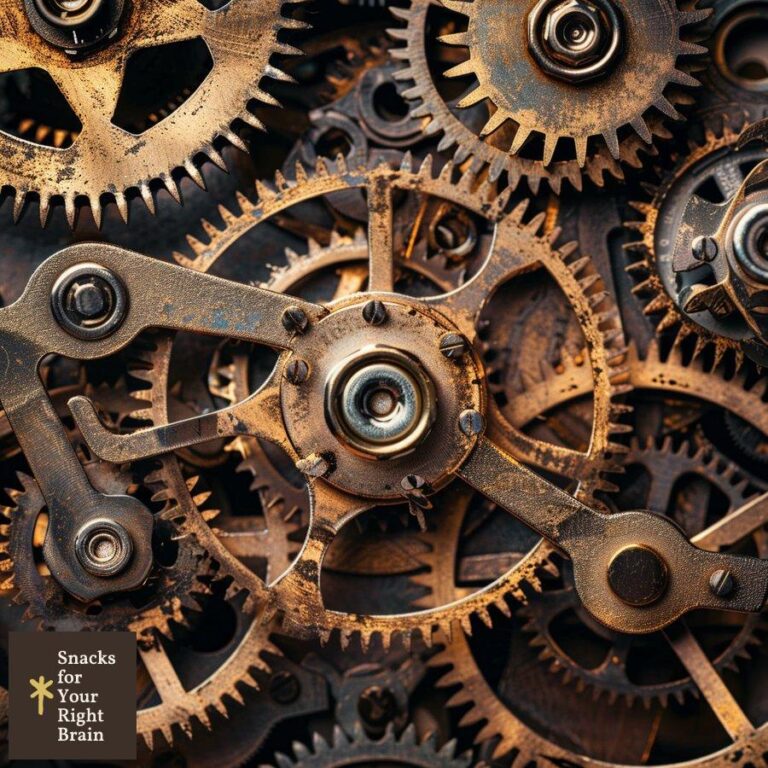What Are the Four Types of Conflict in a Short Story
What is conflict in literature?
Conflict is a fundamental element in literature, serving as the driving force behind narratives. It represents the struggle between opposing forces, which can be characters, ideas, or emotions. The presence of conflict creates tension and propels the plot forward, engaging readers by presenting challenges that characters must overcome.
Conflict can be categorized into two main types: internal conflict and external conflict. Internal conflict occurs within a character’s mind, often involving emotional struggles or moral dilemmas. External conflict, on the other hand, involves a character facing obstacles from outside forces, such as other characters, societal norms, or nature itself.
The significance of conflict in storytelling cannot be overstated. It not only creates drama and tension but also facilitates character development, explores themes, and keeps readers invested in the outcome of the story. Without conflict, narratives can feel flat and uninteresting, lacking the dynamic elements that engage audiences.
Types of Conflict
Conflict can be broken down into several categories, but the four primary types that dominate short stories are:
-
Person vs. Person: This involves direct conflict between characters, often manifesting as rivalry, competition, or antagonism.
-
Person vs. Self: This type of conflict focuses on a character’s internal struggles, such as doubts, fears, or moral dilemmas.
-
Person vs. Society: This conflict arises when a character challenges societal norms, expectations, or laws.
-
Person vs. Nature: This involves a character’s struggle against natural forces, such as weather, animals, or other environmental challenges.
Understanding these types of conflict is essential for writers, as they provide a framework for developing engaging and meaningful stories.
What are the four main types of conflict in short stories?
In short stories, the four main types of conflict are essential for creating engaging narratives. Each type serves a unique purpose and contributes to the overall impact of the story.
Person vs. Person
This conflict type is perhaps the most recognizable and prevalent in literature. It involves two or more characters in opposition, often leading to dramatic confrontations. The dynamics of person vs. person conflict can vary widely, from physical battles to emotional confrontations.

Examples of Person vs. Person Conflict:
-
Literary Examples: In Les Misérables, Jean Valjean’s conflict with Inspector Javert illustrates the struggle between personal redemption and the rigid enforcement of the law.
-
Film Examples: The rivalry between Batman and the Joker showcases the classic hero-villain dynamic, where opposing ideologies clash.
-
Everyday Scenarios: Conflicts between siblings over trivial matters, such as sharing a television remote, highlight the universal nature of interpersonal conflict.
This type of conflict is vital for character development, as it often forces characters to confront their beliefs, motivations, and vulnerabilities.
Person vs. Self
Internal conflict, or person vs. self, delves into the psychological struggles of a character. This type of conflict often involves competing desires, moral dilemmas, or emotional turmoil. It allows readers to connect with characters on a deeper level, as they grapple with their inner demons.
Examples of Person vs. Self Conflict:
-
Literary Examples: In The Great Gatsby, Jay Gatsby’s obsession with Daisy Buchanan leads to his internal struggle between idealism and reality.
-
Film Examples: In Black Swan, Nina’s quest for perfection creates a psychological battle that ultimately drives her to madness.
-
Everyday Scenarios: A student torn between pursuing a passion and adhering to parental expectations exemplifies the relatable nature of internal conflict.
Person vs. self conflict is crucial for character growth, as it often leads to transformative realizations and decisions.
Person vs. Society
This conflict type arises when a character challenges societal norms, expectations, or injustices. It often highlights the struggle for individuality and freedom against oppressive systems. Person vs. society conflict can serve as a powerful commentary on real-world issues, making stories resonate with readers.
Examples of Person vs. Society Conflict:
-
Literary Examples: In To Kill a Mockingbird, Atticus Finch’s defense of Tom Robinson against racial injustice embodies the fight against societal prejudice.
-
Film Examples: In The Hunger Games, Katniss Everdeen rebels against the oppressive Capitol, representing the struggle for autonomy and justice.
-
Everyday Scenarios: A whistleblower exposing corruption within a corporation illustrates the personal risks involved in standing up against societal norms.
This type of conflict not only drives the plot but also encourages readers to reflect on their own values and beliefs.
Person vs. Nature
Person vs. nature conflict places characters in direct opposition to the natural world. This type of conflict can explore themes of survival, resilience, and humanity’s relationship with nature. It often serves as a backdrop for character development, revealing their strengths and weaknesses.
Examples of Person vs. Nature Conflict:
-
Literary Examples: In Into the Wild, Christopher McCandless’s journey into the Alaskan wilderness showcases the struggle against the elements and the search for meaning.
-
Film Examples: In The Revenant, Hugh Glass’s fight for survival against the harsh wilderness illustrates human tenacity in the face of overwhelming odds.
-
Everyday Scenarios: A hiker lost in a storm exemplifies the immediate dangers posed by nature.
Person vs. nature conflict emphasizes the fragility of human existence and the unpredictability of the natural world.
How does person vs. person conflict drive narratives?

Person vs. person conflict serves as a central mechanism for driving narratives forward. It creates tension, propels character development, and engages readers through the dynamics of interpersonal relationships.
Tension and Stakes
The presence of conflict between characters raises the stakes of the narrative. Readers become invested in the outcome as they witness the characters’ struggles. This tension can manifest in various forms, such as physical confrontations, emotional clashes, or ideological battles.
Examples of Tension in Person vs. Person Conflict:
-
Dramatic Confrontations: In Romeo and Juliet, the feud between the Montagues and Capulets creates a backdrop of tension that ultimately leads to tragedy.
-
Emotional Clashes: In The Kite Runner, Amir’s conflict with Hassan highlights the emotional stakes of friendship, loyalty, and betrayal.
Character Development
Person vs. person conflict is instrumental in character development. As characters confront each other, they reveal their motivations, fears, and vulnerabilities. This dynamic allows for growth and transformation, as characters are often forced to reevaluate their beliefs and actions.
Examples of Character Development through Conflict:
-
Redemption Arcs: In A Christmas Carol, Ebenezer Scrooge’s interactions with the spirits and his past self lead to his transformation from a miser to a benevolent figure.
-
Moral Dilemmas: In The Crucible, John Proctor’s conflict with Abigail Williams forces him to confront his own moral failings and ultimately leads to his redemption.
Engaging Readers
Person vs. person conflict captivates readers by presenting relatable struggles and complex relationships. It allows audiences to empathize with characters, as they navigate their conflicts and strive for resolution.
Examples of Reader Engagement:
-
Relatable Struggles: The sibling rivalry in The Lion, the Witch, and the Wardrobe resonates with readers, illustrating the universal nature of familial conflict.
-
Complex Relationships: In Pride and Prejudice, Elizabeth Bennet’s evolving relationship with Mr. Darcy showcases the intricacies of love and misunderstanding.
Through these dynamics, person vs. person conflict enhances the narrative’s emotional impact, keeping readers invested in the characters’ journeys.
What role does inner conflict play in character development?
Inner conflict plays a pivotal role in character development, providing depth and complexity to characters’ journeys. It allows for exploration of personal struggles, motivations, and growth, ultimately shaping the narrative’s trajectory.
Exploration of Identity
Inner conflict often centers around a character’s struggle with their identity, beliefs, or values. This exploration can lead to profound realizations and transformations, as characters grapple with their inner demons.
Examples of Identity Exploration:
-
Literary Examples: In The Bell Jar, Esther Greenwood’s battle with mental illness reflects her struggle for identity and autonomy in a constraining society.
-
Film Examples: In Fight Club, the protagonist’s internal conflict leads to a radical redefinition of self, challenging societal norms and expectations.
Motivation and Decision-Making
Inner conflict influences characters’ motivations and decisions, driving the plot forward. Characters facing moral dilemmas or emotional turmoil must navigate their conflicting desires, leading to critical choices that impact their journeys.
Examples of Motivational Influence:
-
Literary Examples: In Hamlet, the titular character’s indecision and internal struggle with revenge create tension and drive the narrative.
-
Film Examples: In The Pursuit of Happyness, Chris Gardner’s internal conflict between ambition and responsibility shapes his journey toward success.
Emotional Resonance
Inner conflict resonates with readers, fostering empathy and connection. Characters grappling with their emotions reflect the complexities of human experience, making them relatable and compelling.
Examples of Emotional Resonance:
-
Literary Examples: In The Catcher in the Rye, Holden Caulfield’s internal struggles with grief and alienation evoke sympathy and understanding.
-
Film Examples: In Silver Linings Playbook, Pat’s journey through mental health challenges highlights the importance of self-acceptance and healing.
By delving into inner conflict, writers create multi-dimensional characters that resonate with readers and enhance the overall narrative.
How do societal norms create conflict for characters?
Societal norms often serve as a backdrop for conflict in literature, presenting characters with challenges that arise from cultural expectations, traditions, and values. This type of conflict can illuminate the struggles for individuality, freedom, and justice.
Challenging Expectations
Characters may find themselves at odds with societal norms, leading to conflict as they strive to assert their identities or beliefs. This challenge can manifest in various forms, from rebellion against oppressive systems to grappling with personal values.
Examples of Challenging Expectations:
-
Literary Examples: In The Handmaid’s Tale, Offred’s resistance to the totalitarian regime highlights the struggle against societal oppression.
-
Film Examples: In Dead Poets Society, the students’ desire to pursue their passions clashes with the rigid expectations of their conservative school.
Social Justice and Inequality
Societal norms often perpetuate injustices, creating conflict for characters who seek to challenge the status quo. This type of conflict can serve as a powerful commentary on real-world issues, prompting readers to reflect on their own beliefs.
Examples of Social Justice Conflict:
-
Literary Examples: In The Color Purple, Celie’s journey toward empowerment and self-discovery challenges the societal norms of race and gender.
-
Film Examples: In 12 Years a Slave, Solomon Northup’s fight for freedom against the institution of slavery underscores the moral imperative to confront injustice.
Personal vs. Collective Identity
Characters may struggle with the tension between their personal identities and the collective identity imposed by society. This conflict can lead to profound character development and thematic exploration.
Examples of Personal vs. Collective Identity:
-
Literary Examples: In The Joy Luck Club, the generational conflict between Chinese immigrant mothers and their American-born daughters illustrates the complexities of cultural identity.
-
Film Examples: In The Farewell, Billi’s internal struggle between cultural expectations and personal values highlights the nuances of family loyalty and identity.
Societal norms create rich avenues for conflict, allowing writers to explore themes of individuality, justice, and cultural identity.
What are some examples of person vs. nature conflict in literature?
Person vs. nature conflict presents characters with formidable challenges posed by the natural world. This type of conflict can explore themes of survival, resilience, and humanity’s relationship with nature.
Survival Against the Elements
Characters often face life-threatening situations as they confront the forces of nature. These conflicts can reveal their strengths, weaknesses, and adaptability in the face of adversity.
Examples of Survival Conflicts:
-
Literary Examples: In Hatchet by Gary Paulsen, Brian Robeson must survive alone in the wilderness after a plane crash, showcasing his resilience and ingenuity.
-
Film Examples: In The Revenant, Hugh Glass’s struggle for survival against harsh conditions and wild animals highlights the brutality of nature.
Nature as a Metaphor
In some narratives, nature serves as a metaphor for internal struggles or societal issues. This duality enriches the story, allowing for deeper thematic exploration.
Examples of Nature as Metaphor:
-
Literary Examples: In The Old Man and the Sea, Santiago’s battle against the marlin symbolizes the struggle for dignity and purpose in life.
-
Film Examples: In Life of Pi, Pi’s journey across the ocean with a Bengal tiger explores themes of faith, survival, and the human spirit.
Human Vulnerability
Person vs. nature conflict often emphasizes human vulnerability in the face of overwhelming natural forces. This theme can evoke empathy and reflection on humanity’s place in the world.
Examples of Human Vulnerability:
-
Literary Examples: In Into the Wild, Christopher McCandless’s quest for meaning leads him to confront the harsh realities of nature, ultimately resulting in tragedy.
-
Film Examples: In The Impossible, the true story of a family’s survival during the 2004 tsunami illustrates the unpredictability of nature and the resilience of the human spirit.
These examples highlight the diverse ways person vs. nature conflict can be employed in literature, enriching narratives with themes of survival, vulnerability, and the human experience.
What other types of conflict can occur in short stories?

In addition to the four primary types of conflict, various other conflicts can enrich short stories. These additional conflicts can serve unique purposes and enhance the narrative complexity.
Person vs. Technology
As technology becomes increasingly integrated into daily life, conflicts arising from this relationship can create compelling narratives. Characters may struggle against technological advancements, invasive surveillance, or artificial intelligence.
Examples of Person vs. Technology Conflict:
-
Literary Examples: In Neuromancer by William Gibson, characters navigate a cyberpunk world where technology blurs the lines between reality and virtual existence.
-
Film Examples: In The Matrix, Neo’s battle against a simulated reality created by machines highlights the tension between humanity and technology.
Person vs. Supernatural
Supernatural conflicts introduce elements of the fantastical, challenging characters to confront forces beyond their understanding. This type of conflict can evoke fear, wonder, and existential questions.
Examples of Person vs. Supernatural Conflict:
-
Literary Examples: In The Haunting of Hill House by Shirley Jackson, the characters grapple with the malevolent forces within the haunted house, exploring themes of fear and trauma.
-
Film Examples: In The Sixth Sense, the protagonist’s ability to see dead people creates a conflict that forces him to confront his own fears and the nature of existence.
Person vs. Fate
Fate can serve as a powerful antagonist, presenting characters with challenges that seem predetermined. This conflict often raises questions about free will, destiny, and the nature of existence.
Examples of Person vs. Fate Conflict:
-
Literary Examples: In Oedipus Rex by Sophocles, Oedipus’s attempts to escape his fate ultimately lead him to fulfill the prophecy, illustrating the inescapability of destiny.
-
Film Examples: In Final Destination, characters confront the inevitability of death as they attempt to escape their fated demise.
These additional types of conflict enrich narratives, allowing writers to explore diverse themes and engage readers in multifaceted ways.
Why is conflict essential for engaging storytelling?
Conflict is the backbone of storytelling, providing the tension, stakes, and emotional resonance that captivate readers. Its presence is essential for creating dynamic narratives that resonate with audiences.
Driving the Plot
Conflict propels the plot forward, creating obstacles that characters must navigate. This progression keeps readers engaged, as they anticipate how characters will confront and resolve their challenges.

Examples of Plot Progression through Conflict:
-
Literary Examples: In The Great Gatsby, the conflict between Gatsby and Tom Buchanan drives the narrative, culminating in tragic consequences.
-
Film Examples: In Inception, the characters’ struggle against the complexities of dreams and reality creates a gripping narrative that keeps viewers on the edge of their seats.
Facilitating Character Development
Conflict is instrumental in character development, forcing characters to confront their beliefs, motivations, and flaws. This growth adds depth to the narrative and allows readers to connect with characters on a personal level.
Examples of Character Growth through Conflict:
-
Literary Examples: In Pride and Prejudice, Elizabeth Bennet’s evolving understanding of her own prejudices leads to personal growth and a deeper connection with Mr. Darcy.
-
Film Examples: In The Pursuit of Happyness, Chris Gardner’s struggles with poverty and personal challenges lead to resilience and eventual success.
Exploring Themes
Conflict provides a platform for exploring complex themes, such as love, justice, identity, and morality. Through the lens of conflict, writers can delve into the human experience, prompting readers to reflect on their own lives and beliefs.
Examples of Thematic Exploration through Conflict:
-
Literary Examples: In The Road, the conflict between survival and morality highlights the complexities of human nature in a post-apocalyptic world.
-
Film Examples: In Dead Poets Society, the conflict between individual aspirations and societal expectations raises questions about conformity and self-actualization.
Conflict is not merely a narrative device; it is the essence of storytelling that engages readers, drives character development, and explores profound themes. By understanding and harnessing the power of conflict, writers can create compelling and resonant narratives that leave a lasting impact on audiences.





